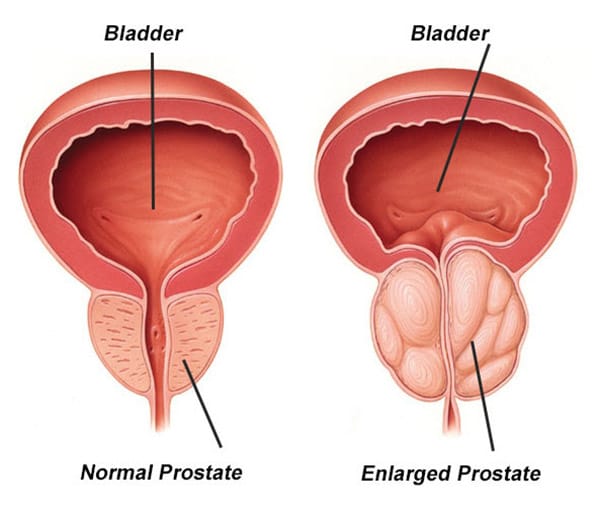Transurethral Resection of the Prostate (TURP)
BPH is not a cancer. It is a common part of a aging when the prostate gland is enlarged, it can press against the urethra and interfere or block the urine passage and start the symptoms of BPH including
- Frequent or urgent need to urinate.
- Increased frequency of urination at night (nocturia)
- Difficulty starting urination.
- Weak urine stream or a stream that stops and starts.
Transurethral resection is the most common surgery for BPH. This can be done using electric current or with laser light. After the patient receives anesthesia, the surgeon inserts an instrument called a resectoscope through the tip of the penis into the urethra. The resectoscope contains a light, valves for controlling irrigating fluid and an electrical loop that cuts tissue and seals blood vessels. The removed tissue pieces are carried by the irrigating fluid into the bladder and then flushed out and sent to a pathologist for examination under a microscope. At the end of the procedure, a catheter is placed in the bladder through the penis. The bladder is continuously irrigated with fluid through the catheter in order to monitor bleeding and prevent blood from clotting and obstructing the catheter. Since there are no surgical incisions with this procedure, patients normally stay in the hospital only one to two days. Depending on surgeon preference, the catheter may be removed while the patient is still in the hospital or the patient may be sent home with the catheter in place, attached to a leg bag for convenience and removed several days later as an outpatient procedure..



